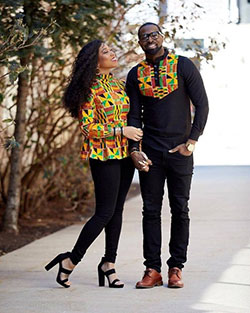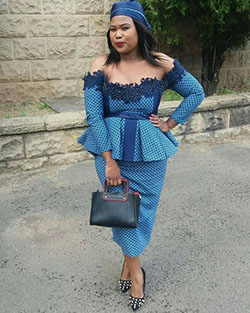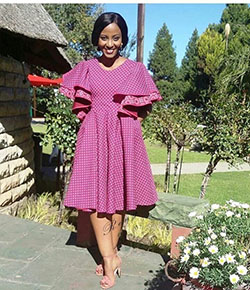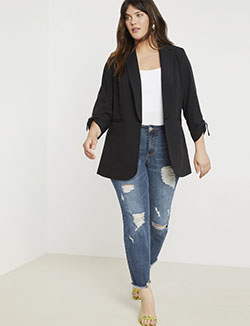
In an era where the fashion industry is saturated with fast fashion, the quest for clothing that boasts aesthetic appeal and endures over time can be daunting. The temptation of budget-friendly, fashionable items is ever-present, yet the benefits of investing in top-notch clothing become evident in the long term. This not only fosters a wardrobe with a sustainability focus but also guarantees the resilience of your apparel through numerous wear and wash cycles. The question arises: What criteria can help you discern superior quality clothing from the many options available? Let's explore some essential factors to take into account.
1. Fabric Matters
The fabric is the first and perhaps most crucial aspect of determining clothing quality. The type of material used greatly influences how a garment feels, drapes, and holds up over time. Natural fibers like cotton, wool, silk, and linen are generally considered superior to synthetic ones. They allow the skin to breathe, provide better insulation, and are more durable. When examining a garment, pay attention to the fabric content label. A higher percentage of natural fibers usually indicates better quality. When navigating the fashion landscape to discover enduring, high-quality clothing, consider exploring reputable online platforms like Alphx.com for a curated selection that combines style and durability.
2. Check the Stitching
The stitching of a garment can reveal a lot about its quality. Well-constructed clothing will have straight, even stitching with no loose threads or irregularities. Look closely at seams, hems, and any other areas with stitching. If the stitches are tight and secure, it's a good sign that the garment will withstand wear and tear. Additionally, check for double stitching, especially in areas prone to stress, as this adds extra reinforcement.
3. Attention to Detail

Quality clothing is often characterized by the attention to detail put into its construction. Look for features like reinforced buttons, properly aligned patterns, and finished seams. High-quality garments are more likely to have thoughtful details, such as well-sewn buttonholes and neatly executed darts. These details contribute to the overall aesthetics of the clothing and indicate a level of craftsmanship that sets it apart.
4. Assess the Fit
The fit of a garment is a crucial element in determining its quality. A well-fitted piece looks better and suggests that the designer took the time to consider the proportions and ergonomics. Pay attention to how the garment sits on your body. Are the seams aligned with your natural curves? Does it feel comfortable and allow for easy movement? Quality clothing is designed with both style and functionality in mind.
5. Evaluate the Hardware
Zippers, buttons, and other hardware can provide valuable insights into the quality of a garment. Quality zippers should glide smoothly without catching, and buttons should be securely attached. Check for any signs of rust or discoloration, as these can indicate poor-quality materials. Well-made hardware is not only functional but also contributes to the overall durability and longevity of the garment.
Conclusion
Investing in good quality clothing is a wise decision that pays off in terms of both longevity and style. You can make informed choices when building your wardrobe by considering factors such as fabric, stitching, attention to detail, fit, and hardware. While it may require a bit more effort and a higher upfront cost, the satisfaction of owning durable, well-crafted pieces that withstand the test of time is well worth it. In a world of fast fashion, let's strive for a more sustainable and mindful approach to our clothing choices.
















